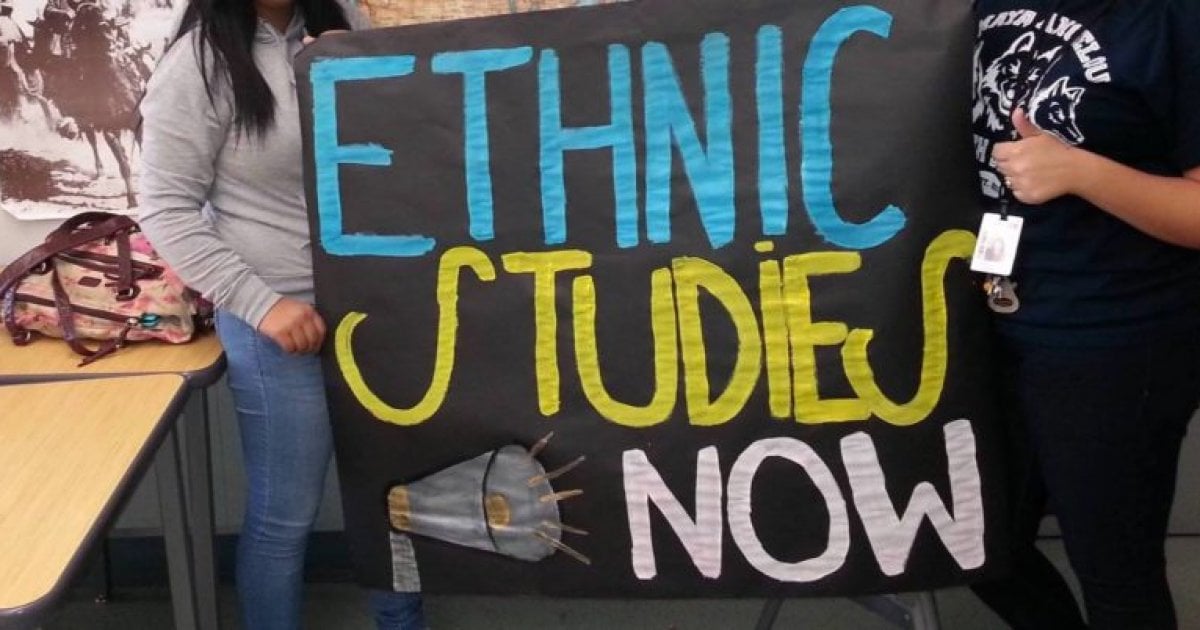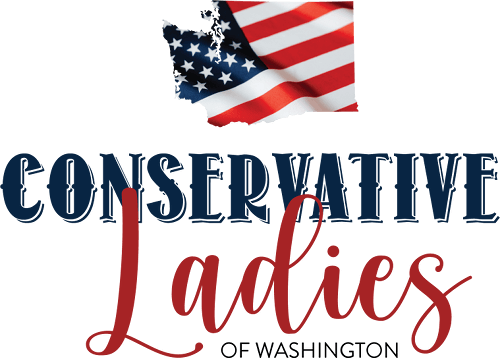In 2019, the Washington State Legislature passed a bill mandating Ethnic Studies to be taught in public schools. At a December 2nd meeting of the Washington State Board of Education (SBE) the members discussed making Ethnic Studies a graduation requirement in the state. Many parents are constantly trying to play catch up with what the legislature, the teacher’s union, the OSPI and down to the local district level are changing and implementing in our public schools, which has them asking: “What exactly is Ethnic Studies?”
Ethnic Studies sounds good. As a parent, I want my children to be well educated on different cultures and their history and background. I think this is important education for our children to be good community members and have a functioning society. In my quest to learn more about what Ethnic Studies is going to be about, I first headed to the NEA (National Educator’s Association) as I figure they will be the driving force behind this new class.
According to the NEA:
“Educators see it as a way to boost student achievement, especially among students of color, and to broaden curriculum that too often overlooks the rich history of ethnic-minority groups.”
Sounds ok.
Keep digging.
The NEA offers a resource on their website called Ethnic Studies Now. Featured on their homepage is a link to Black Lives Matter [incorporated] and you will see their Twitter feed which, at any given time, shows tweets that promote critical race theory. “As Ethnic Studies Now, we understand that Ethnic Studies as a discipline would not exist without the courageous and sometimes perilous struggles of Black students”
As you can see, we haven’t had to dig very deep to get to the purpose behind the push for Ethnic Studies. But let’s keep going and see what we find…
In 2019, Washington passed SB-5023,which reads:
“In order to prepare students to be global citizens, the legislature intends to require the office of the superintendent of public instruction to develop,and periodically update, essential academic learning requirements and grade-level expectations that identify the knowledge and skills that all public school students need to be global citizens in a global society with an appreciation for the contributions of diverse cultures. The office of the superintendent of public instruction must also identify and make available ethnic studies materials and resources for use in grades seven through twelve.”
SB-5023 addresses students in grades 7-12, but don’t worry, SB-6066 passed in 2020 makes the same materials available to grades k-6, making Ethnic Studies a K-12 program in Washington. There are several red flags in these bills that lead a person to realize this “Ethnic Studies” isn’t simply to teach our children about other cultures. This law requires that we prepare students to be “global citizens” and that our students need the knowledge and skills to be “global citizens in a global society.”
According to the Office of Superintendent of Public Instruction (OSPI) Ethnic Studies is “an interdisciplinary, multidisciplinary, and comparative study of the social, cultural, political, and economic expression and experiences of ethnic groups. Ethnic Studies recovers and reconstructs the counternarratives, perspectives, epistemologies, and cultures of those who have been historically neglected and denied citizenship or full participation within traditional discourse and institutions. In doing so, Ethnic Studies highlights the contributions people of color have made in shaping US culture and society. (Butler 2001; Hu-Dehart 1993; Yang 2000). Further, by engaging students deeply with multiple perspectives, including those that resonate with their own experiences, Ethnic Studies taught well is academically rigorous.”
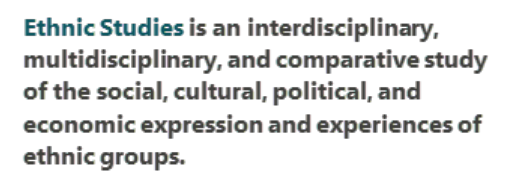
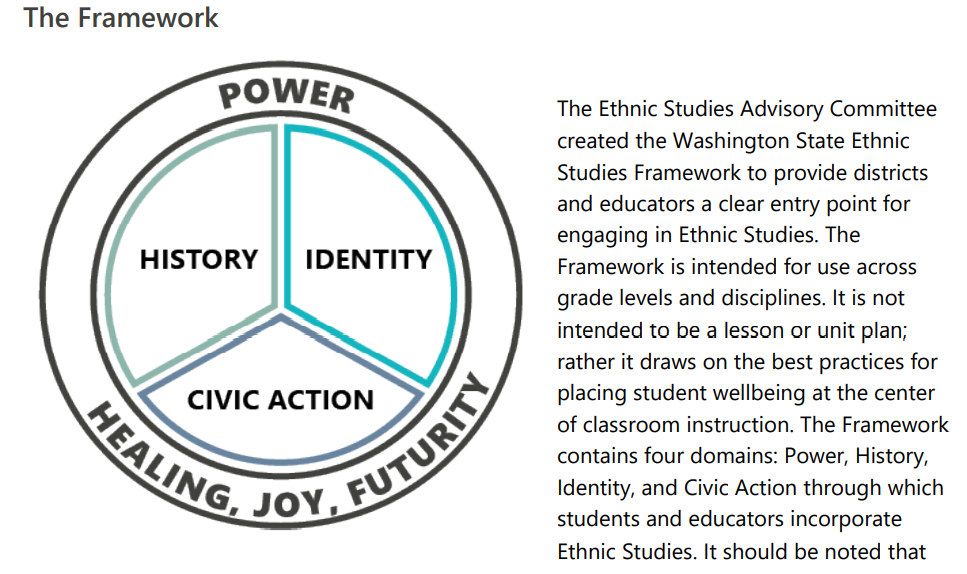
The OSPI also offers guidance on what “essential knowledge” an educator must possess in order to effectively teach Ethnic Studies. The teacher will “eliminate racism by critiquing, resisting, and transforming systems of oppression on institutional, interpersonal, and internal levels.” This language leads us to believe that our systems are “systemically racist”, which is exactly what the OSPI is attempting to sell us.
“Self-reflecting on teacher identity and making explicit how identity impacts power relations in the classroom and in the community.” In other words, the teacher will point out how the white, straight people (including themselves if they fit that category) are those with power and therefore oppressing the others…simply because of their skin color.
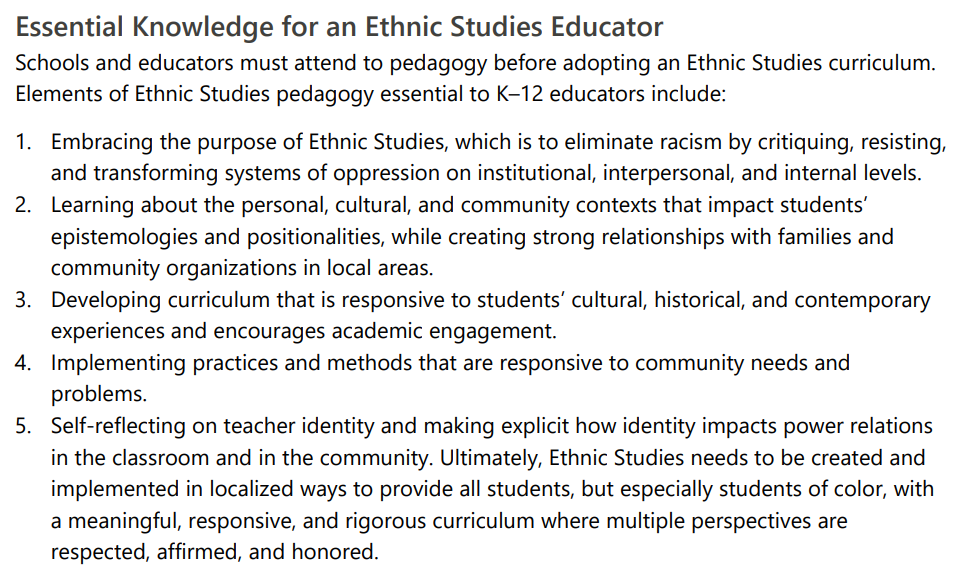
If you’re thinking this sounds like Critical Race Theory (CRT) that’s because it is. And the SBE wants to make it a graduation requirement. If you start digging into the resources linked in this post, you’ll find it’s easy to go down the rabbit hole of Ethnic Studies/CRT and become increasingly disgusted and discouraged.
What’s most discouraging is that while we were “sleeping”, the Democrats in our state have slowly and steadily, worked to pass these measures. It’s not as simple as showing up at the school board en masse and protesting this curriculum. This requires a change in laws, which means we need more conservatives (at this point I would say anyone with sanity – I don’t care what party they identify with) in the legislature instead of the democrat majority we currently have. The Washington Democrats pass whatever they want…because they can. They don’t need bipartisan support, nor do they care if they have it.
So how do we fight this?
We fight this by getting our kids out of public school but staying in the fight. This kind of curriculum will ruin our society as we know it. This is Marxist. The radical left wants to turn our children into obedient little soldiers who hate America and everything it stands for. You no longer need to pay for a college education to make your child hate you – you can simply send them to public kindergarten. Please, find a way to pull your student from the public school and teach them true American history – the good, the bad and the ugly.
We fight this by educating our friends, our family and fellow citizens so they understand exactly what is going on in our schools. It’s all right there for all to see – albeit buried. They don’t want to call it CRT, so don’t. Call it Ethnic Studies…who cares? The name is irrelevant, it’s the content we’re after.
It’s time to wake up the sleepers and get them engaged. Most people, when presented with everything I’ve shown here, will not be okay with this being taught to our children.
This is part 1 in a series on Ethnic Studies in Washington public schools. In my next article I’ll show you exactly what one local school district is working on for their Ethnic Studies curriculum and what they are planning to roll out to their students.
*By Julie Barrett, Founder, Conservative Ladies of Washington


